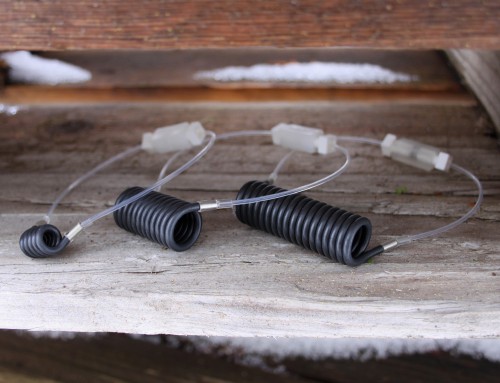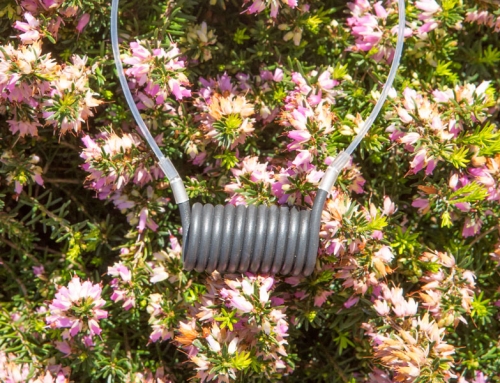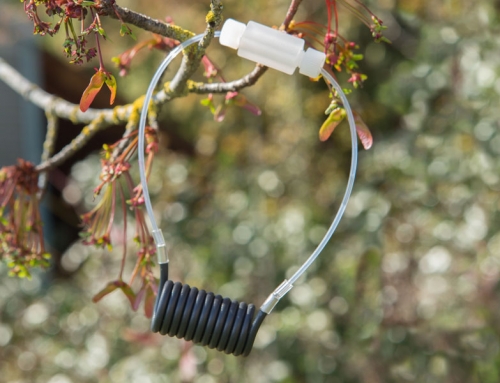The U.S. EPA and ASTM cyanide analysis methods based upon gas diffusion amperometry do not require a preliminary acid distillation step and are now approved as amendments to 40 CFR 136 Clean Water Act Methods on their website as published in the 2012 Method Update Rules (MUR) in the Federal Register.
These methods were specifically developed to mitigate interferences and analytical biases associated with acid distillation and provide more accurate results.
Moving away from cyanide methods with acid distillations sample pretreatment steps to gas diffusion amperometry methods has the additional benefit of significantly reducing a laboratory’s operating costs. Laboratories adopting gas diffusion amperometry cyanide analysis methods can reduce their operating costs, improve data quality, and meet regulatory compliance requirements.
Acid Distillation of Cyanide Samples
Acid distillation, is a sample pretreatment used to dissociate cyanide from metal cyanide complexes and separate cyanide from the matrix. Classical distillation involves boiling 500 milliliters of the sample in acid solution, purging with air, and trapping the HCN generated in 250 milliliters of a basic absorber solution. This manual “distillation” is a low throughput, labor intensive and expensive procedure. Smaller volume distillations, known as Midi Dist, use more compact distillation glassware that reduces laboratory space requirements as well as the volume of sample and reagents required to complete the tests. The reduced space requirement of the midi distillation apparatus enables laboratories to increase capacity and somewhat decrease human errors. However, costs are still generated through having to purchase expensive glassware and both human error and unintended chemical reactions that often occur while distilling are still present, compromising the results. What’s more, when you’re finished with all of that you still have to do another colorimetric assay with toxic chemicals.
The MICRO DIST system is a 21-place block digester that distills samples in disposable polypropylene tubes. The MICRO DIST scales the Midi distillation down further so less than 10 milliliters of sample is used. Once a sample is distilled by macro distillation, midi distillation, or MICRO DIST an aliquot of the absorber solution can be analyzed by any of the methodsknown to determine cyanide in dilute sodium hydroxide solution. Again however, costs are still generated through having to purchase expensive glassware and both human error and unintended chemical reactions that often occur while distilling are still present, compromising the results. What’s more, when you’re finished with all of that you still have to do another colorimetric assay with toxic chemicals.
UV Digestion of Cyanide Complexes
The UV digestion gas diffusion amperometry method performed on the OI Analytical CNSolution™ Cyanide Analyzer eliminates distillation and gets better results. An aliquot of the sample is placed on an autosampler tray and the instrument automatically decomposes metal cyanides to HCN, separates the HCN from the matrix, and accurately measures the CN concentration. There are no time consuming preliminary steps required, no glassware necessary, no unintended chemical reactions occurring and no secondary steps needed.








Leave A Comment